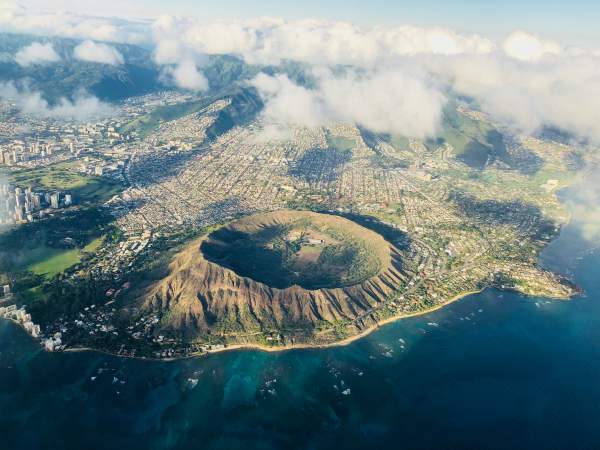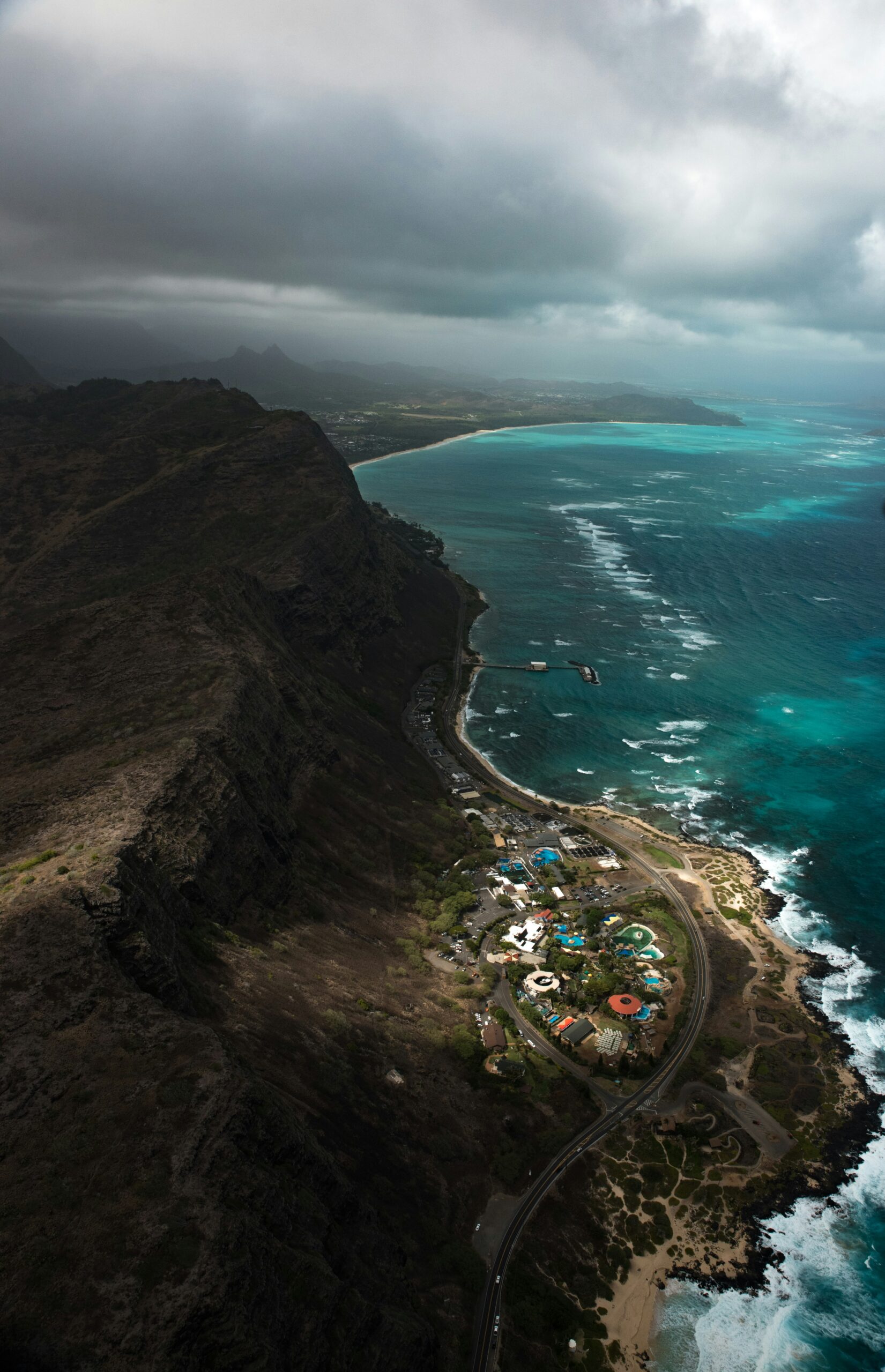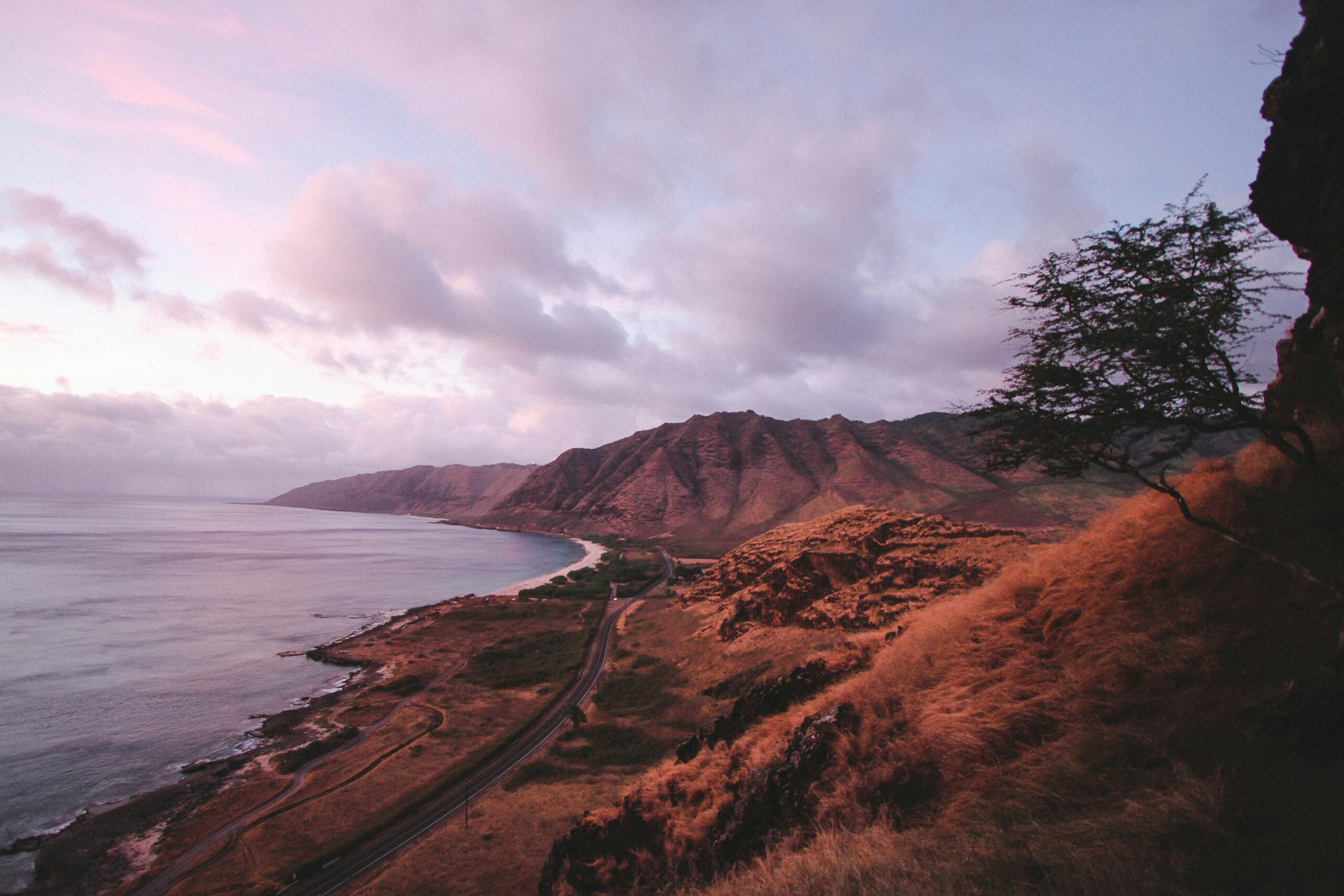Diamond Head, known locally as Lē’ahi, stands as a majestic sentinel over the shores of Honolulu, Hawaii. This iconic landmark, with its distinctive crater rim rising 760 feet above the Pacific Ocean, is a natural marvel shaped by the fiery forces of volcanic activity. Beyond its postcard-perfect appearance, Diamond Head boasts a rich history, cultural significance, and diverse natural beauty that beckons visitors worldwide.
The Geological Origins of Diamond Head
Diamond Head was formed from explosive eruptions of the Ko’olau Volcano approximately 400,000 to 500,000 years ago. Unlike typical mountains, it is a volcanic tuff cone formed from consolidated ash and debris blasted skyward during violent eruptions. This unique composition gives it a rusty-red hue and a crumbly, porous texture.
Over the course of millennia, Diamond Head has undergone a remarkable transformation, sculpted by the forces of nature into the mesmerizing marvel it is today. Wind and rain have carved its steep slopes and dramatic ridges, while erosion has chiseled out the now-popular hiking trail that snakes its way to the summit. The path, once a treacherous climb for ancient Hawaiians, now offers breathtaking panoramas of Waikiki, Honolulu, and the vast expanse of the Pacific, leaving visitors in awe of its natural beauty.
 Photo: unsplash.com/smrsis248
Photo: unsplash.com/smrsis248
For indigenous Hawaiians, Lē’ahi held deep cultural significance. It was a sacred place, a burial ground for chiefs and royalty, and a symbol of the powerful goddess Pele. The name Lē’ahi translates to “brow of the forehead,” evoking its watchfulness over the land.
Hawaiian mythology weaves a rich tapestry of stories around Diamond Head. The crater is believed to be the home of Pele, the goddess of fire and volcanoes, and other deities. These legends, shrouded in mystery, add a layer of intrigue and reverence to the already awe-inspiring landmark, inviting the audience to delve deeper into its mythological significance.
Diamond Head’s legacy extends beyond its geological origins and cultural significance. It has become a beloved symbol of Hawaii, gracing countless postcards, souvenirs, and even the silver screen. Its recognizable silhouette is synonymous with island paradise, beckoning visitors from around the globe.
Today, Diamond Head is not just a geological wonder and a cultural icon. It is a vibrant ecosystem, home to diverse plant and animal life. Its slopes are adorned with native dry forest species and its skies are filled with the songs of migratory birds. Hikers, photographers, and history buffs alike are drawn to its trails, eager to explore its hidden bunkers and military tunnels, remnants of its role as a strategic lookout during World War II.
 Photo: unsplash.com/chasefoto
Photo: unsplash.com/chasefoto
The hiking trail to the summit of Diamond Head is one of the most popular activities for visitors. The trail, about 1.6 miles round trip, takes hikers through a series of switchbacks, steep staircases, and dark tunnels before reaching the summit. The reward is a panoramic view of the island that is second to none.

Diamond Head is home to a variety of plant and animal species. The dry, rocky slopes support native plants like the Hawaiian cotton and the endangered yellow hibiscus. Birdwatchers can spot several species of migratory birds, making the hike a visual and natural treat.
During World War II, Diamond Head was a strategic military lookout. Hidden bunkers and tunnels are a testament to its importance during the war. These historical landmarks are accessible to visitors, providing a glimpse into the past and adding an element of intrigue to the hike.

The military history of Diamond Head includes several bunkers and tunnels that were used for defense purposes. These structures, now abandoned, add an element of mystery and adventure to the hike, as visitors can explore these remnants of a bygone era.
Diamond Head is a living testament to the power of nature, a vibrant tapestry woven from volcanic fury, cultural reverence, and modern-day allure. It’s a place to soak in breathtaking vistas, delve into rich history, and connect with the untamed spirit of Hawaii. So next time you find yourself gazing upon its majestic form, remember, you’re not just admiring a postcard-perfect backdrop; you’re witnessing a force of nature etched in time, a symbol of paradise, and a story waiting to be explored.